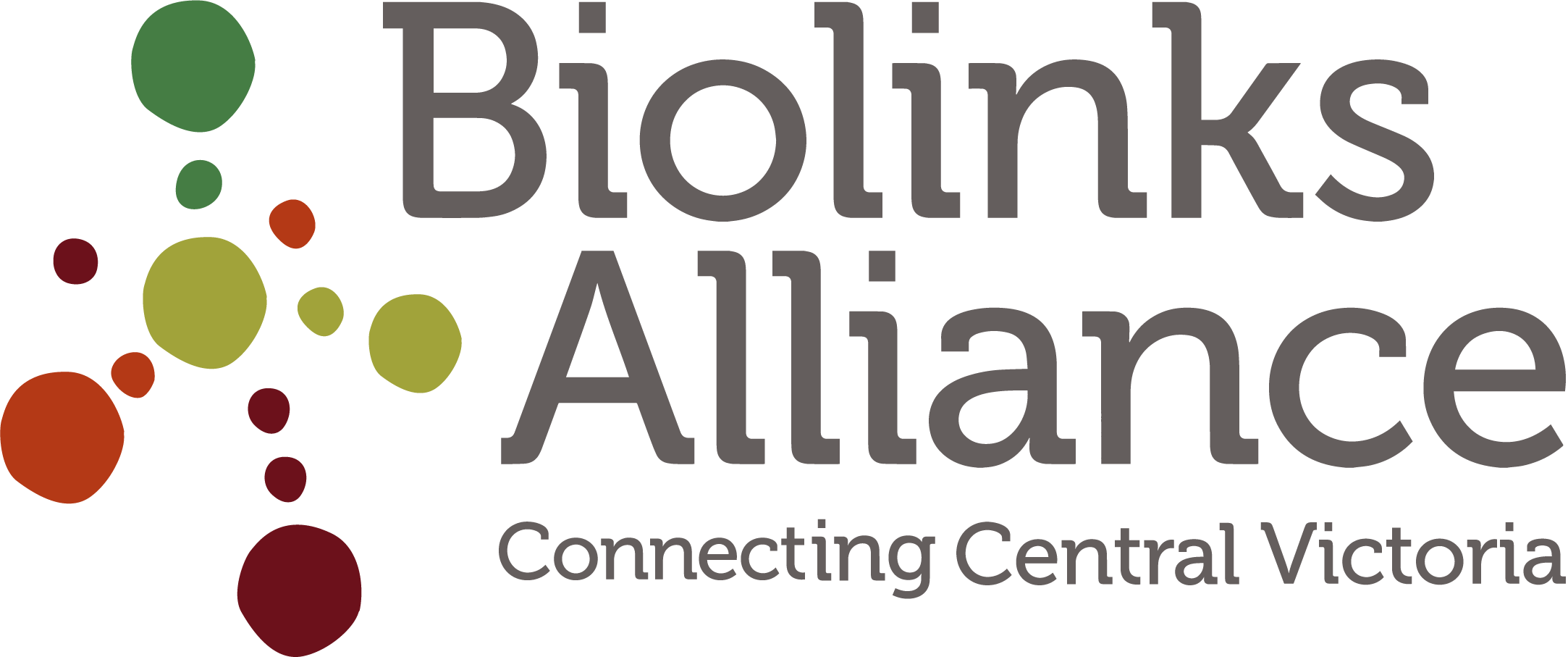Learn about the work that goes into the planning of an ambitious landscape-scale restoration project. You’ll be introduced to the Deep Creek Biolink project, a collaborative effort between Biolinks Alliance, Upper Deep Creek Landcare Network, Melbourne Water, Macedon Ranges Shire Council and Upper Maribyrnong Catchment Group.
Read MoreUnderstanding hydrological and sub-soil dynamics
Read MoreMulloon Rehydration Initiative, a catchment scale rehydration project
Read MoreRegenerative agriculture has been at the forefront of the development of systems and tools to restore water-availability and soil health of landscapes - seeking techniques that require reading how ecosystems and landscapes function and working with natural processes to repair them. This workshop will showcase exemplary properties and projects that have undertaken rehydration and restoration works in production settings. How can regenerative agriculture be a meaningful part of the solution to Australia’s biodiversity crisis, will be a key focus of discussion in the workshop.
Read MoreDr David Tongway - “The application of Landscape Function Analysis (LFA) to the Restoration of Disturbed Landscapes” and Dr Jon Fawcett - CDM Smith “Understanding hydrological and sub-soil dynamics”
Read MoreOne legacy of the gold mining era was the massive amounts of tailings (sludge) that swept across many floodplains and was a big issue for farmers in Victoria. The original braided floodplains and chains of ponds, and the pastures and crops on this most fertile land, were replaced by infertile sludge that filled in the valleys then rapidly eroded into incised creeks with water tables well below the surface.
Read MoreLand and water are the core of all spirituality and fundamental to the cultural heritage and wellbeing of Aboriginal people. Barringgi Gadyin is the Wergaia name for the whole Wimmera River system. The Barengi Gadjin Land Council represents the Traditional Owners related to apical ancestors with links to the River. Together, the stories of the Traditional Owners and research by archaeologist along the river are expanding our knowledge and understanding of Aboriginal culture and the ways we can work together to value and care for this country.
Read MoreAgricultural intensification is having a big impact on biodiversity. Don described three projects looking at the behaviour of frogs in various agricultural environments. Frogs in the study used a variety of habitats to live and traverse but remnant condition and proximity to water were most important. And the three studies failed to detect many species that are more sensitive to the impacts of agriculture.
Read MoreNick spoke of the impact of small dams in the upper catchments on the persistence of stream flows and waterholes of many streams across Victoria in dry times. Loss of continuity along streams threatens the survival and breeding of many fish and other aquatic animals. Protection of high-quality habitat is critical for conservation but there are also solutions that can improve flows from small dams.
Read More








